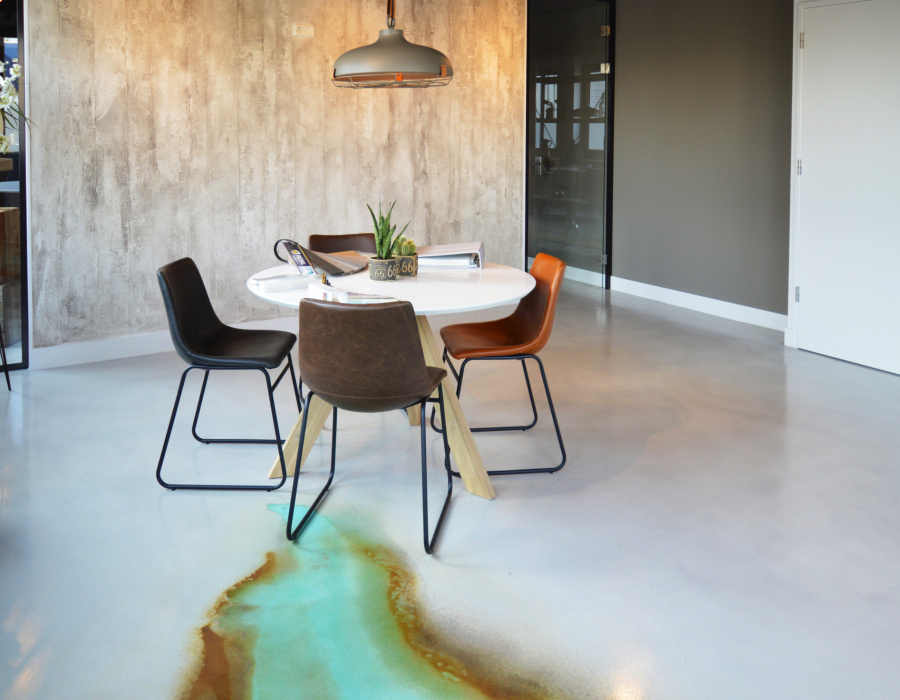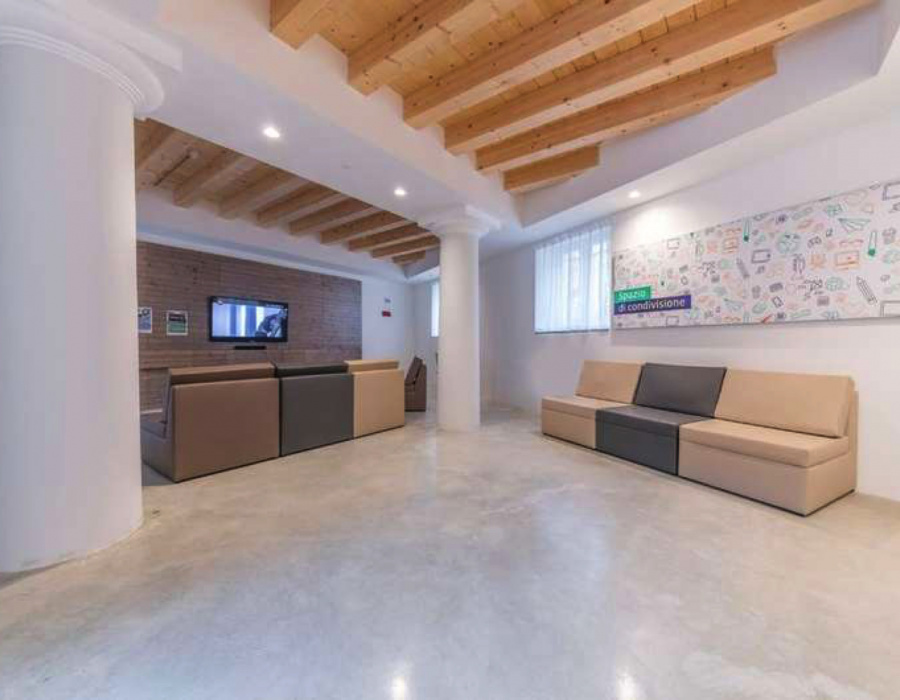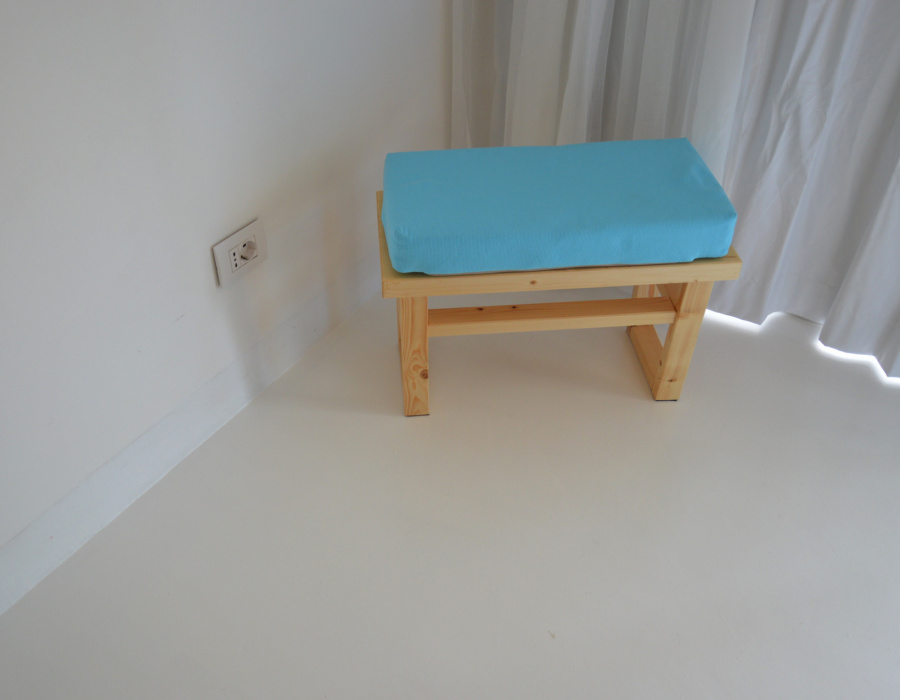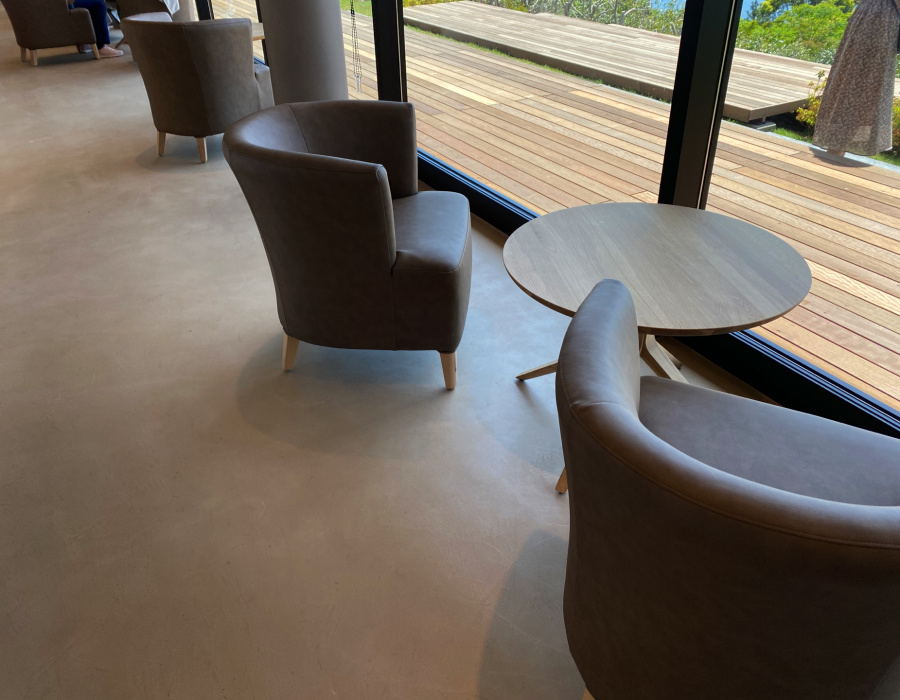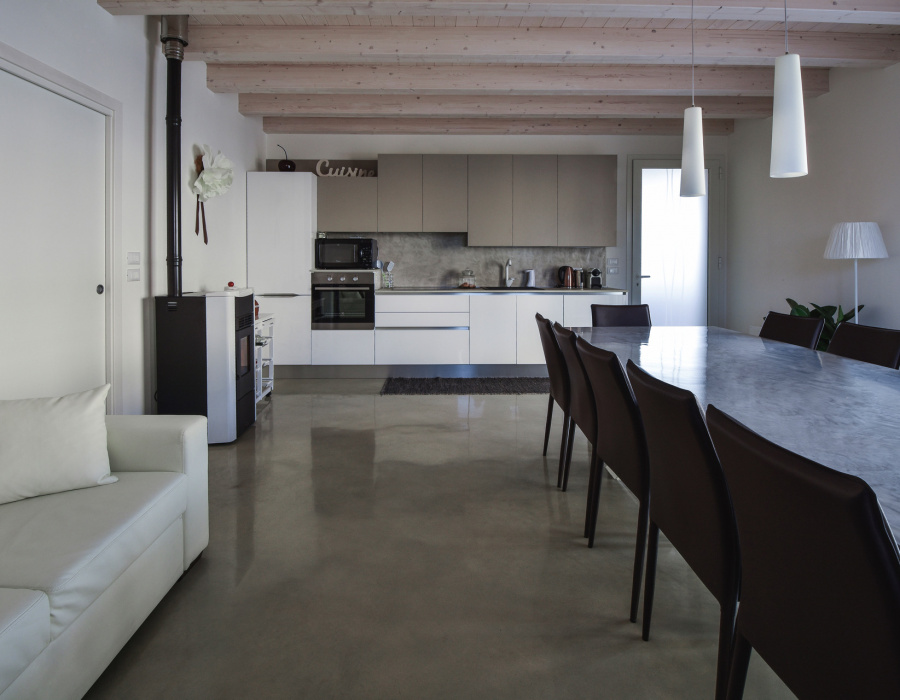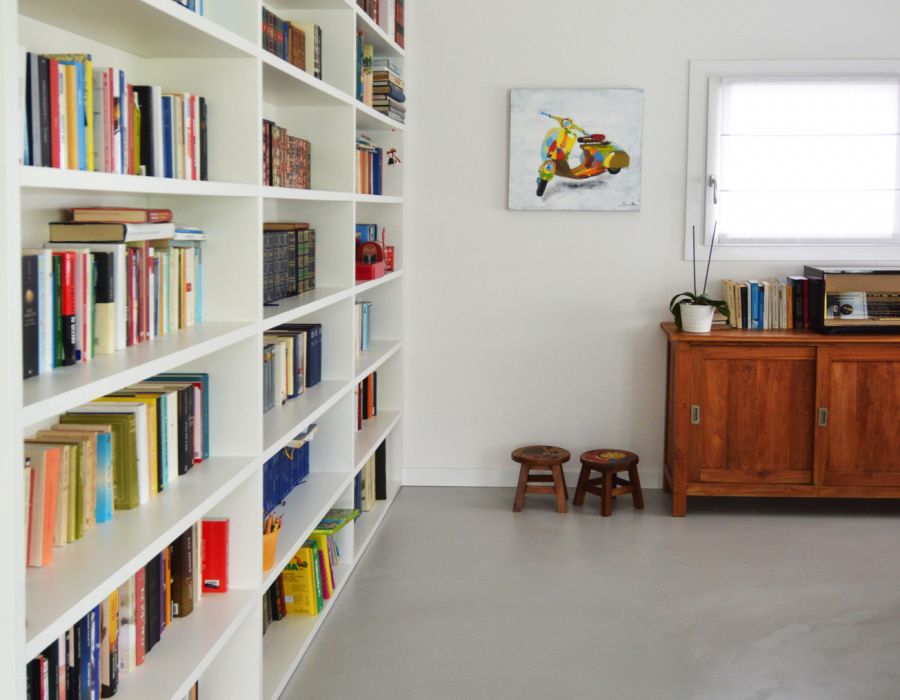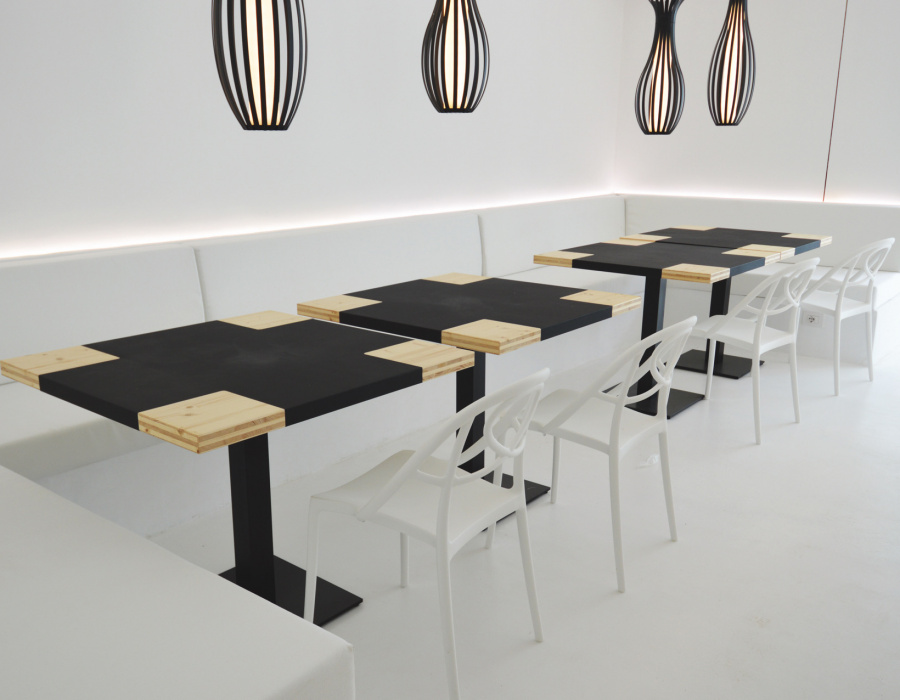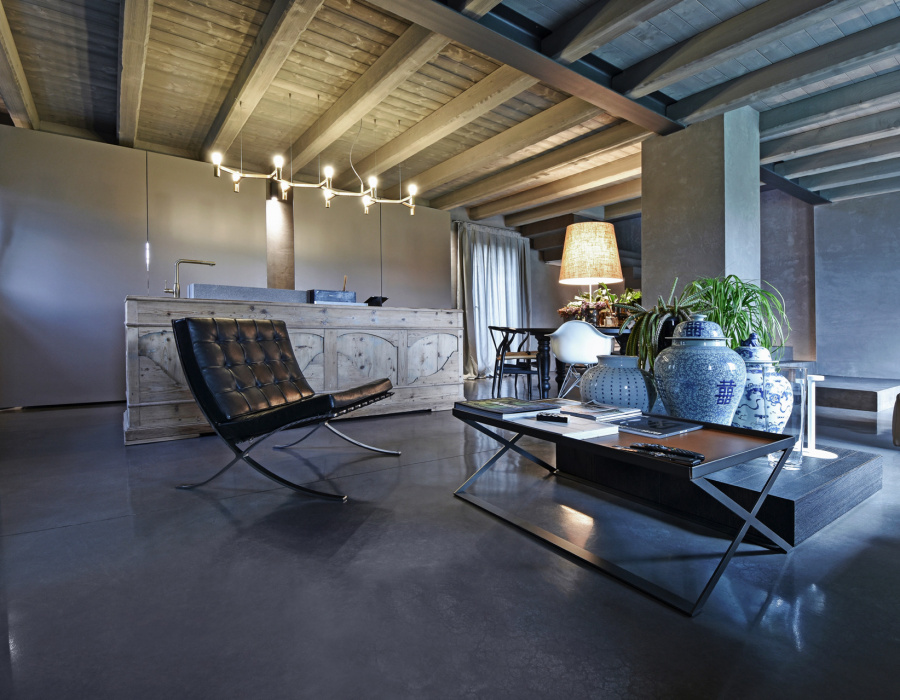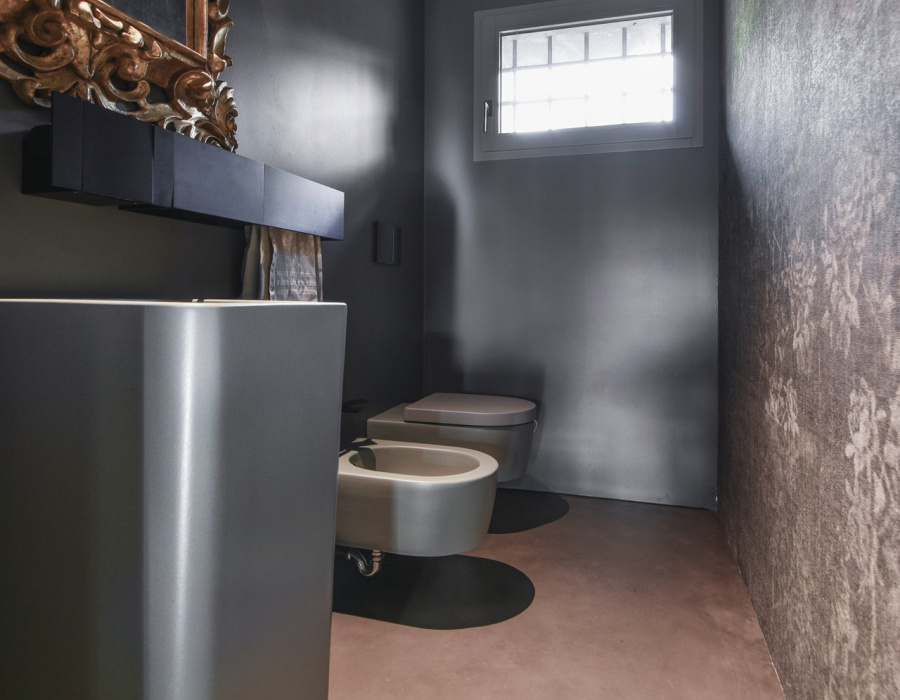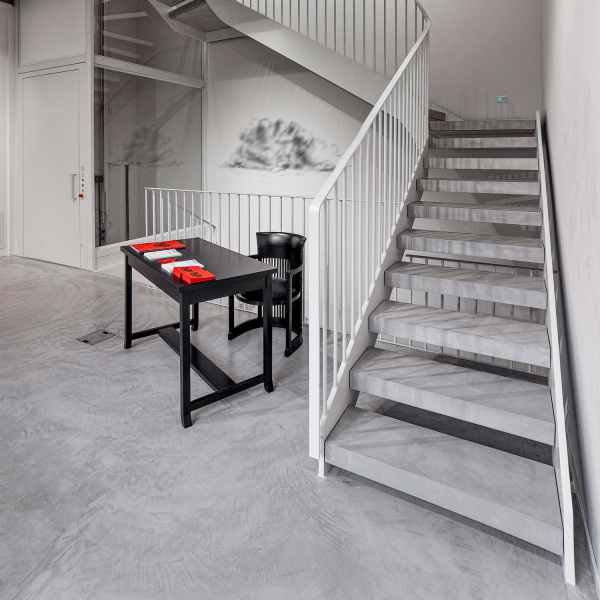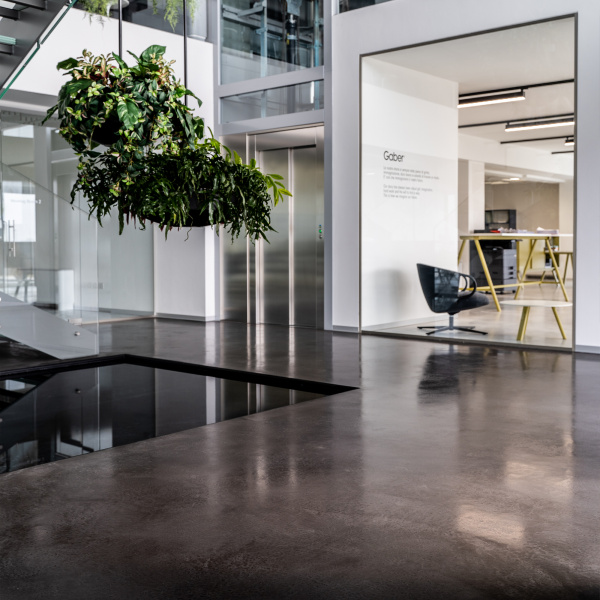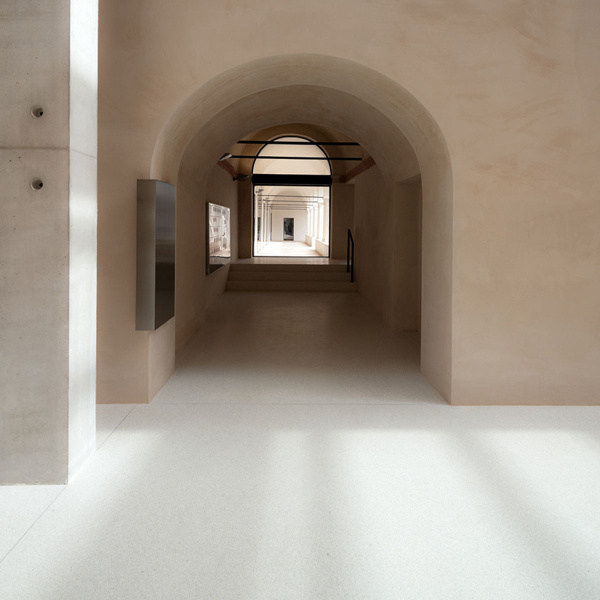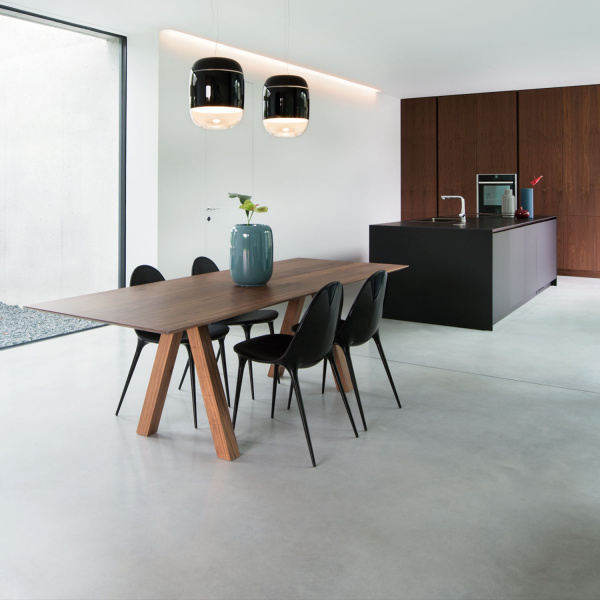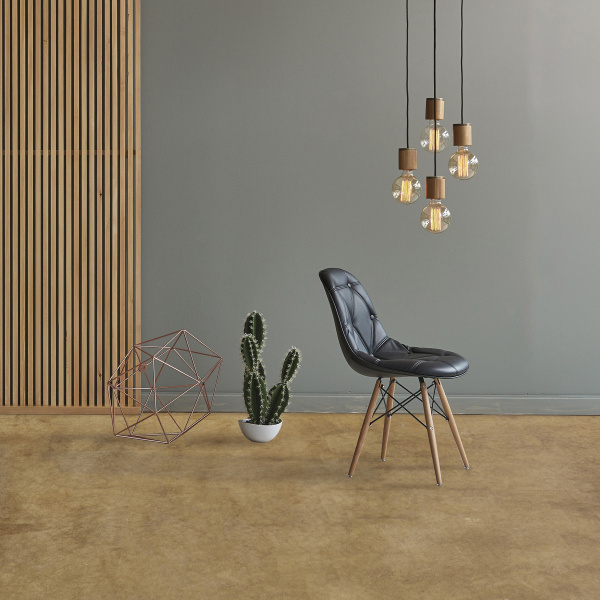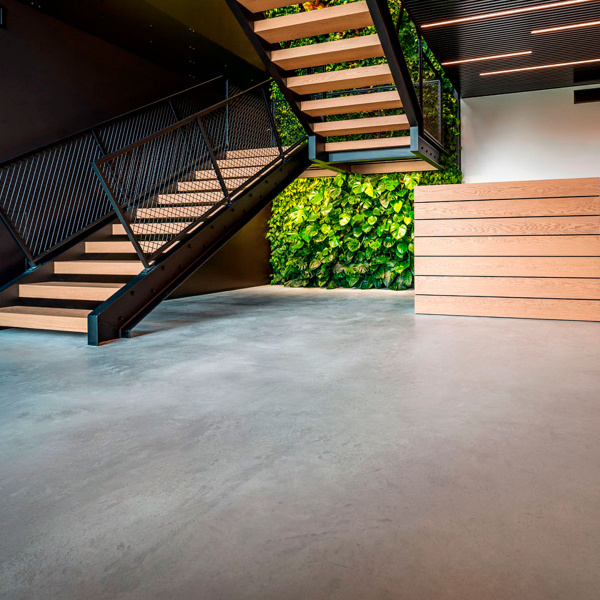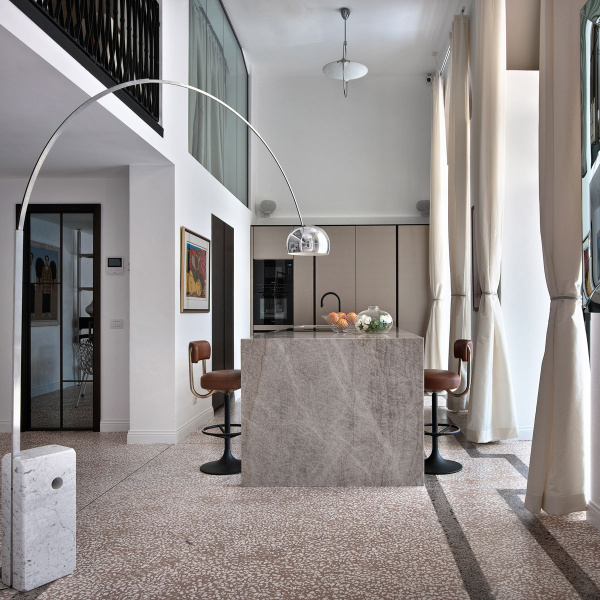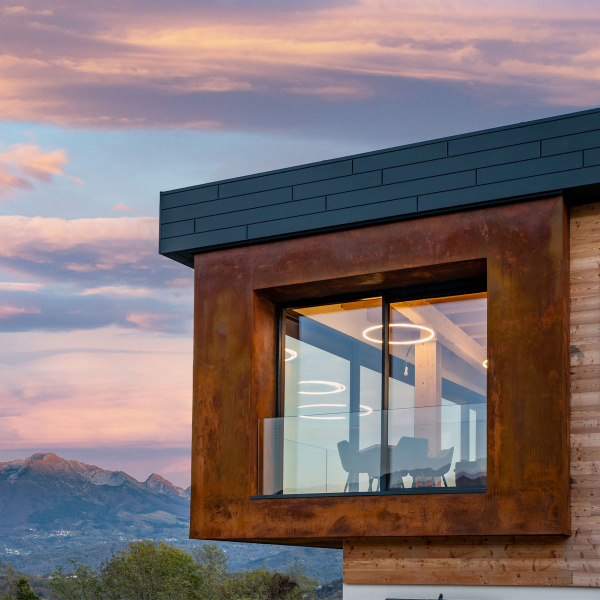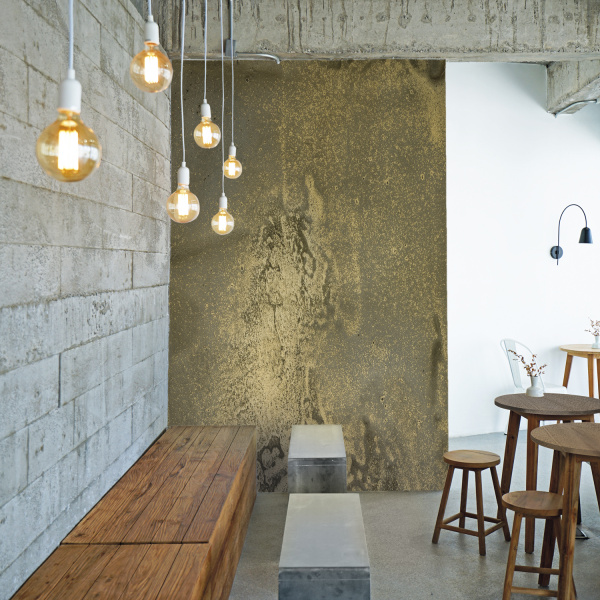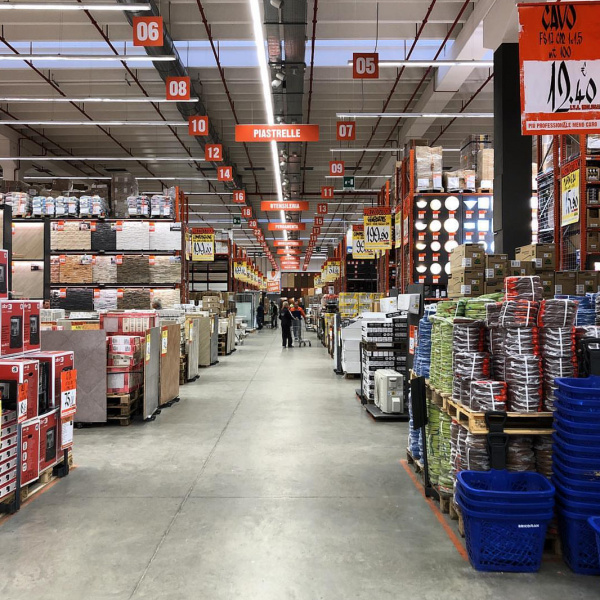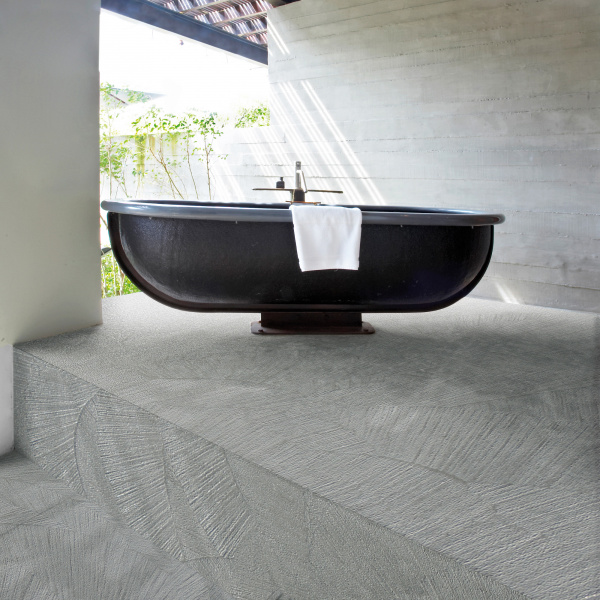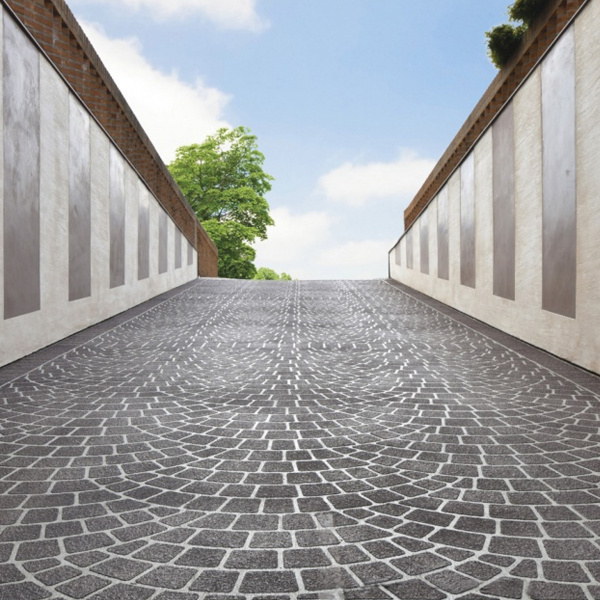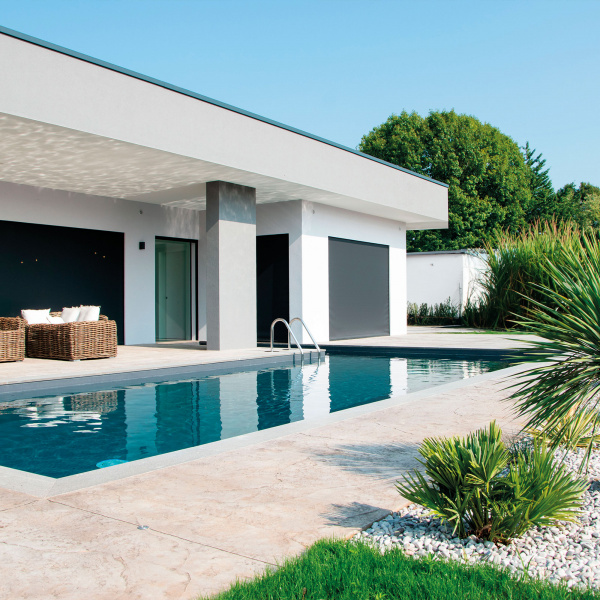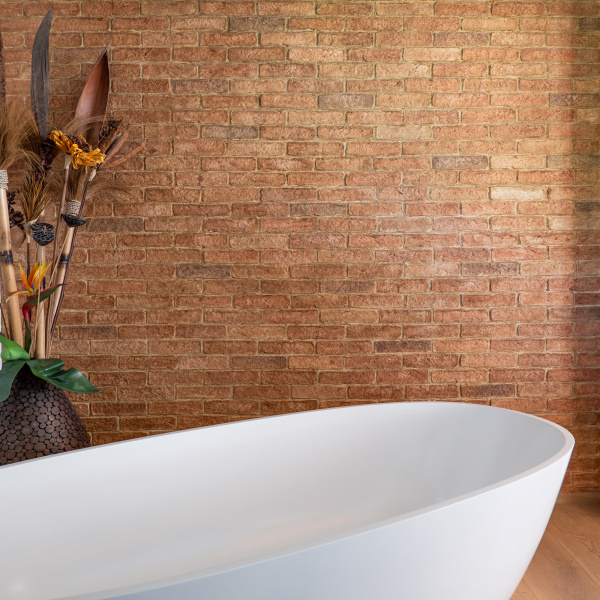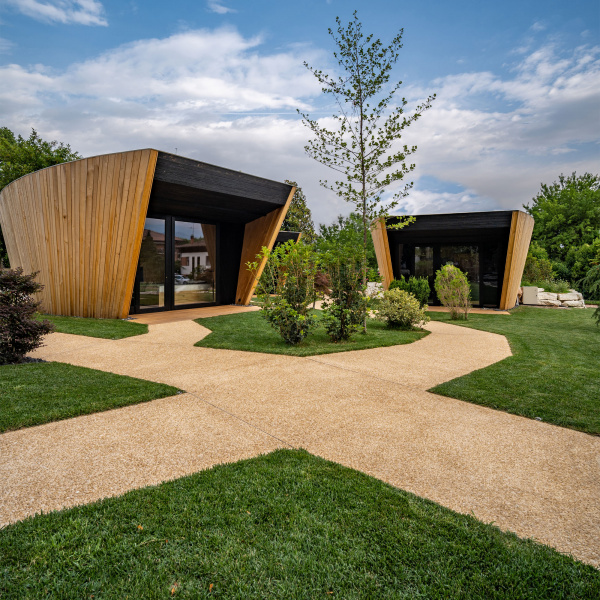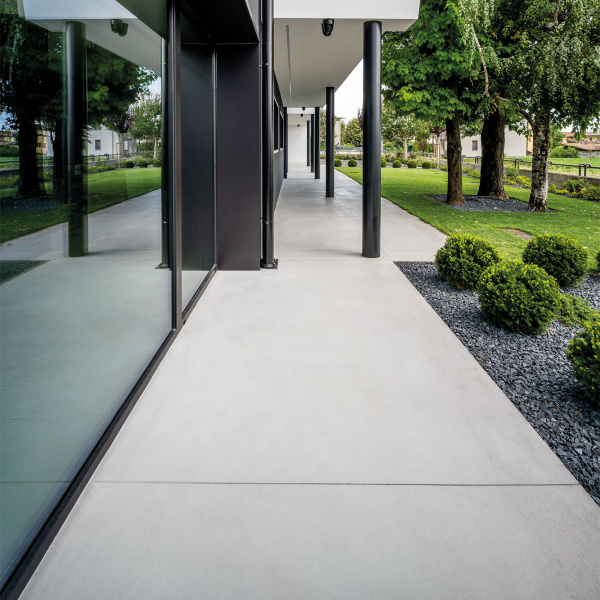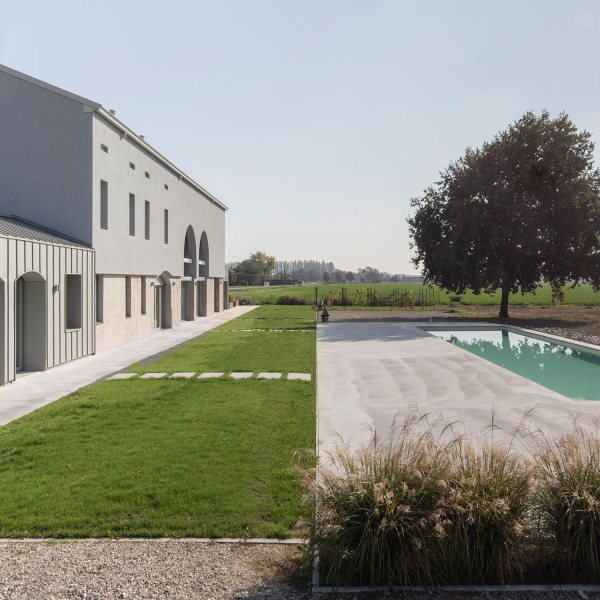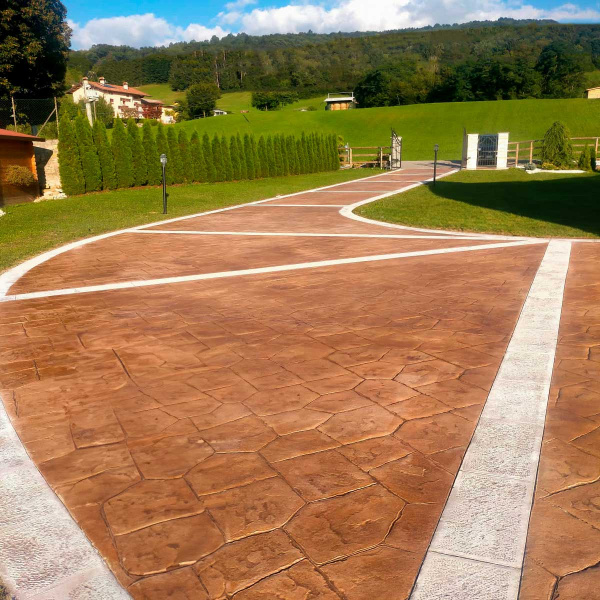Concrete floor and underfloor heating are a perfect match to give new life to the rooms of the house, from the living room to the bathroom, from the kitchen to the sleeping area. In fact, underfloor heating combines excellent energy power with the cleaning effect given by the absence of radiators which, for some, may be unpleasant.
Do you want to know more about the partnership between concrete flooring and underfloor heating? Let's go on.
Read on to find out everything you need to know.
Radiant panels
What does the term "underfloor heating" refer to?
The so-called underfloor heating, or radiant panel heating, is a thermal system that is based on a series of small diameter coil pipes, inside which the water passes. The coils and spirals have a thickness of about 2-3 mm and once completed, the implant occupies about 4 cm of total thickness. The water that flows in the coils reaches a temperature of about 40 °C in winter, while during summer, if the system is also used for cooling the rooms, the water has a delivery temperature of about 10° C.
The success of the radiant panel heating system is due on one hand to the good efficiency in energy terms, thanks to the careful diffusion of heat, and on the other hand to the aesthetic effect. In fact, the absence of heating terminals is highly appreciated, especially in interiors with a modern and minimal design.
And that's not all! Radiant panels can also be installed on vertical surfaces and on false ceilings. Generally, the choice is to lay radiant floor panels, since it’s the best way to distribute heating within the environment, which occurs in a more reduced way with the wall and ceiling radiant panels.
Radiant floor panels and use of microcement
In fact, radiant floor panels are made up of a series of coils artfully laid by the plumber, inside which the water passes. Recently, radiant floor panels are increasingly used both in new buildings and in the renovation of homes, accommodation facilities, etc.
The procedure foresees that the system is installed above the screed, on an insulating load-bearing slab. Once the coils have been assembled, it is possible to proceed with the laying of the floor.
Recently, systems based on very thin pipes that can be placed on the existing floor have been created to lower installation costs. In this case, the system is laid on a self-leveling material that covers the covering. Then, the microcement floor is laid on top of the screed.
The Isoplam® continuous concrete floor is an excellent solution for laying above underfloor heating. In fact, this material guarantees exceptional thermal conductivity, thus ensuring the correct functionality of the radiant panels.
Microverlay by Isoplam©, is the ideal solution to renovate environments without removing or demolishing existing surfaces. In fact, this very thin microcement has excellent adhesion qualities, making it suitable to be combined with any type of material.
Furthermore, microcement is also highly compatible with the wall heating system. Resistant to medium traffic and waterproof, Isoplam® microcement can cover floors and walls, in any room of your home.
Finally, the absence of joints makes Microverlay® a continuous antibacterial, hygienic, and easy to clean surface. A perfect material to adopt concrete floor and underfloor heating.
Flooring suitable for underfloor heating
What type of floor is best for underfloor heating?
As mentioned, concrete floors are excellent for a radiant panel heating system, whether installed from scratch on a screed or built on existing flooring.
Microcement floors have several advantages when combined with radiant systems, both in heating and in cooling.
The first advantage is related to the thermal resistance of the products. In fact, thanks to its reduced thickness, microcement floors have high thermal conductivity, and they are flexible.
This contributes to the achievement of a very low thermal resistance of the coating, offering two other advantageous aspects:
- Energy saving - with the microcement coating it is possible to use a lower water delivery temperature inside the pipes, if compared to the temperatures required with other materials used for flooring.
- Very low inertia - that is, greater speed in obtaining the heating and cooling you need for your environment.
Therefore, Microverlay® microcement by Isoplam® guarantees you perfect heat distribution, allowing you to focus on a breathtaking aesthetic effect, given by the continuous and jointless floor.
Using Microverlay® you can customize every detail of your flooring, from color, texture, effect, and type of finish, harmonizing your surfaces with your home design.
Do you want to know more about concrete floors and underfloor heating?
Check out our solutions.
Discover interventions and projects based on the use of Microverlay® by Isoplam®, both for home and commercial environments

